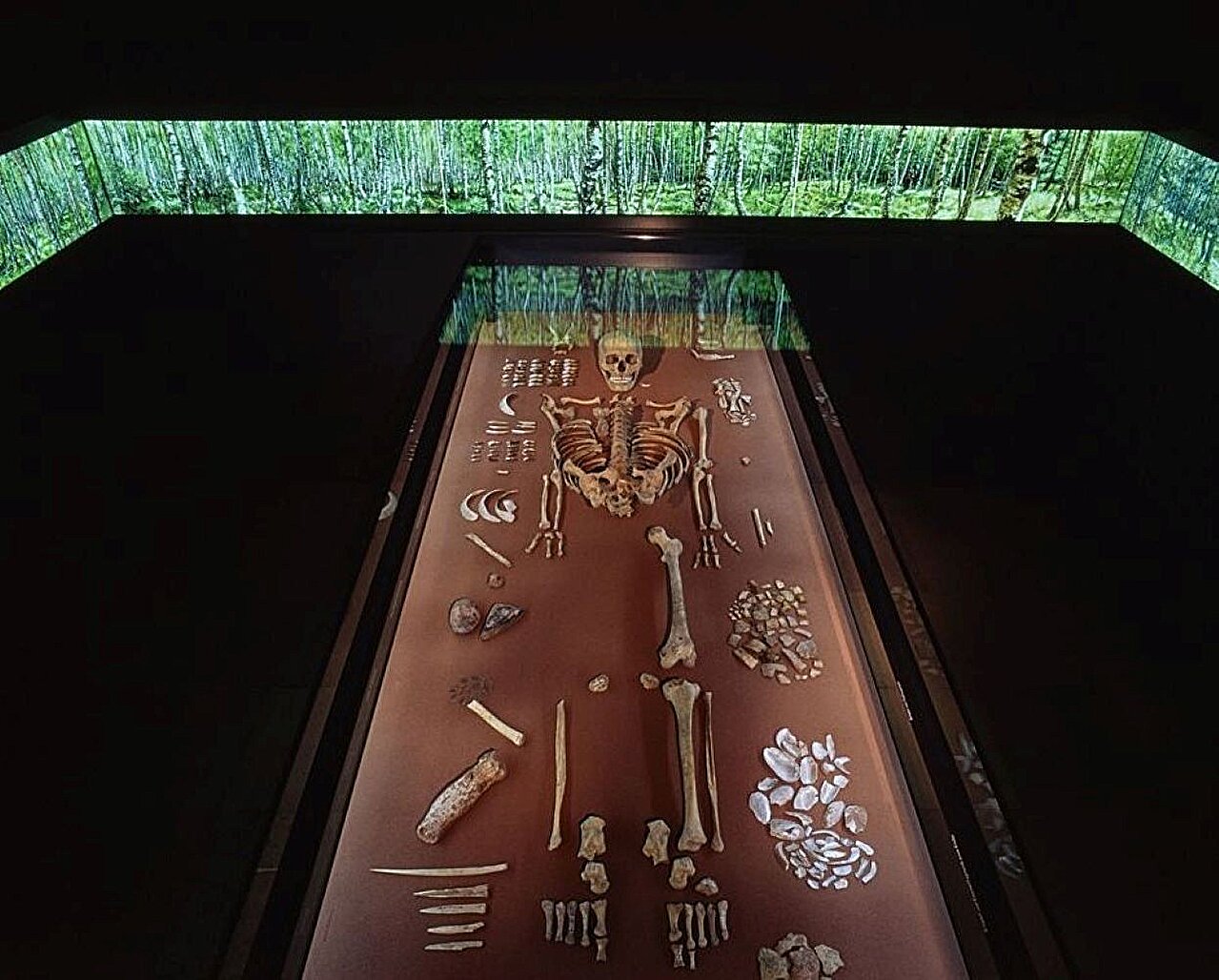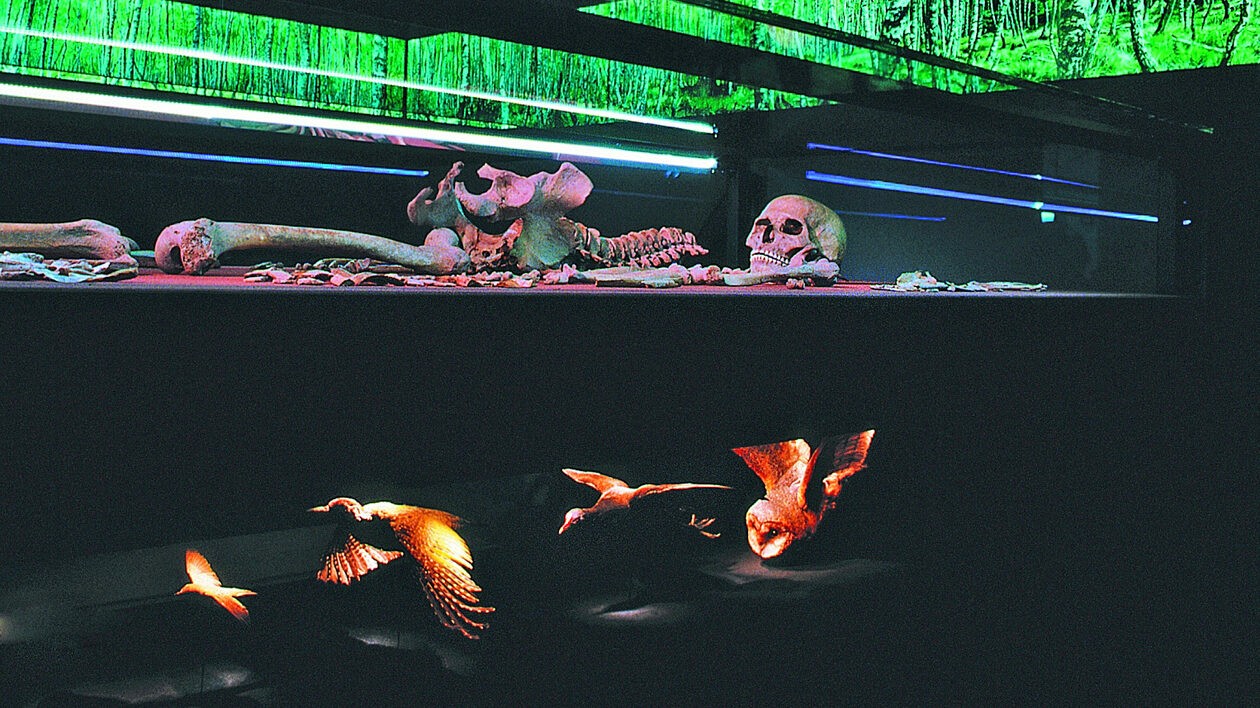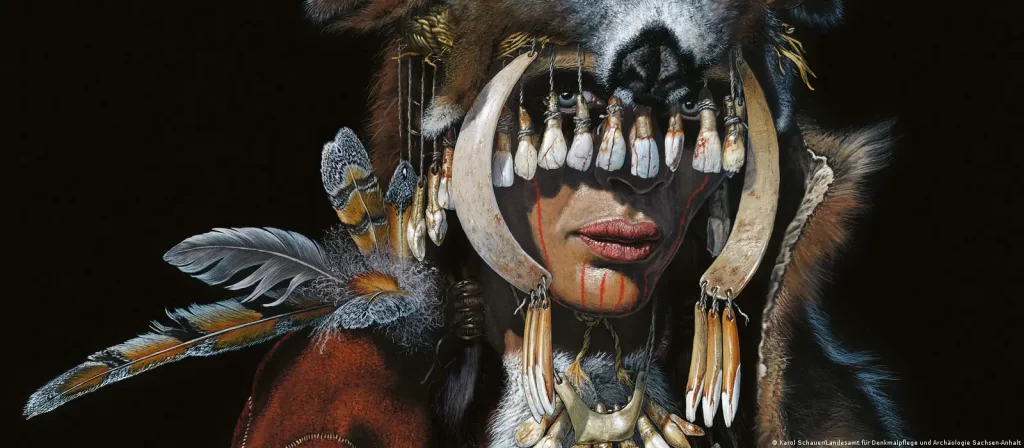Approximately 9,000 years ago, a woman of significant influence and esteem was interred in a burial site located in Bad Dürrenberg, Germany. Positioned in a seated posture, she cradled in her arms an infant approximately six months old. Notably, the child was not biologically hers, and there exists no indication that the infant was sacrificed. The opulent attire adorning her and the elaborate nature of her burial provide compelling evidence of her elevated social standing. Despite the absence of her name, it is known that she was between the ages of 30 and 40 at the time of her passing.

In the quaint town of Bad Dürrenberg, nestled in Saxony-Anhalt, lies a discovery that has sent ripples through the world of Central European archaeology. An ancient grave, unearthed amidst the historical tapestry of the region, has captivated the imaginations of researchers and enthusiasts alike. What makes this finding particularly remarkable is not just its age or location but the revelation it offers about the spiritual practices of ancient times.
Amidst the array of ancient grave goods meticulously examined by scientists, one fact stood out: the inhabitant of this resting place was no ordinary mortal. She was a shaman, a figure imbued with extraordinary spiritual prowess and revered as a mediator between the human realm and the world of spirits. In delving into the enigmatic world of shamanism, we unravel a tapestry woven with threads of ancient wisdom and mystique.

Shamanism, believed to be humanity’s primordial spiritual practice, finds its roots in the earliest chapters of human history. Across cultures and continents, shamans have occupied a pivotal role, wielding their esoteric knowledge and transcendent abilities to commune with the unseen forces that shape our world. The very word “shaman” hails from the Evenki peoples of Siberia, evoking images of one who navigates the realms of darkness with insight and understanding.
In the annals of Norse mythology, we encounter the Völva, a formidable female shaman whose presence loomed large in the fabric of Viking society. Her prophetic powers struck fear into the hearts of even the bravest warriors, for her visions foretold the fates of kings and kingdoms alike. Within the intricate tapestry of Norse sorcery known as Seiðr, the Völva held sway as a mistress of ancient rites and mysteries.

Yet, the journey to uncover the truth behind these mythical figures was fraught with skepticism. Many dismissed them as figments of imagination, relegated to the realm of legend and lore. It took the meticulous work of archaeologists to breathe life into these age-old tales, as evidenced by the discovery of a Norse shaman’s grave near the Fyrkat Viking fortress.
Similarities abound between this extraordinary burial and its counterpart in Bad Dürrenberg, hinting at a deeper connection waiting to be unearthed. The Bad Dürrenberg shaman, adorned with a headdress fashioned from deer antlers and animal tooth pendants, emerges as a beacon of spiritual authority within her community. The diverse array of grave offerings, ranging from ceremonial artifacts to symbolic relics, speaks volumes about the profound significance attached to her role.

Further analysis of the Bad Dürrenberg shaman’s skeletal remains unveils intriguing anomalies, suggesting physical traits that set her apart from her peers. Could these deviations have endowed her with unique abilities, granting her insights into realms beyond the ordinary? Anthropological speculations paint a portrait of a woman whose very physiology hinted at her shamanic calling.
As excavations continue to yield tantalizing clues, a new chapter unfolds in the saga of Europe’s ancient past. A 9,000-year-old hunting camp discovered in close proximity to the Bad Dürrenberg site ignites curiosity about possible connections between these disparate locales. Stone tools, bone fragments, and other artifacts hint at a way of life intricately intertwined with the rhythms of nature and the mysteries of the spirit world.
The journey to unravel the mysteries of the Bad Dürrenberg shamanic burial is far from over, but each revelation brings us closer to understanding the profound legacy of ancient spiritual practices. While the burial itself may not hold all the answers, it serves as a testament to the enduring quest for knowledge and the timeless allure of the unknown. In the hallowed grounds of Bad Dürrenberg, the whispers of the past echo through the corridors of time, beckoning us to delve deeper into the enigmatic realms of our shared human heritage.
